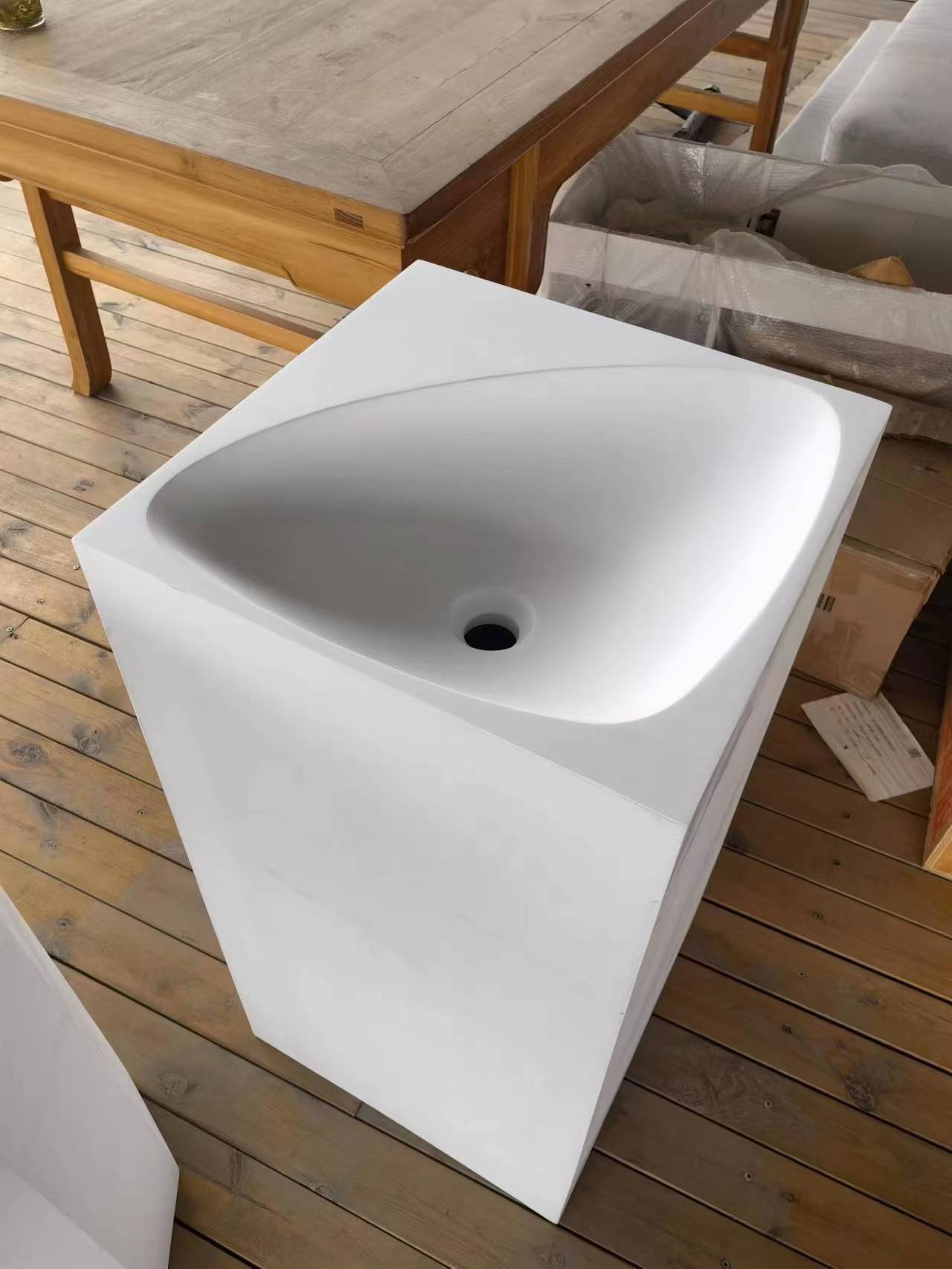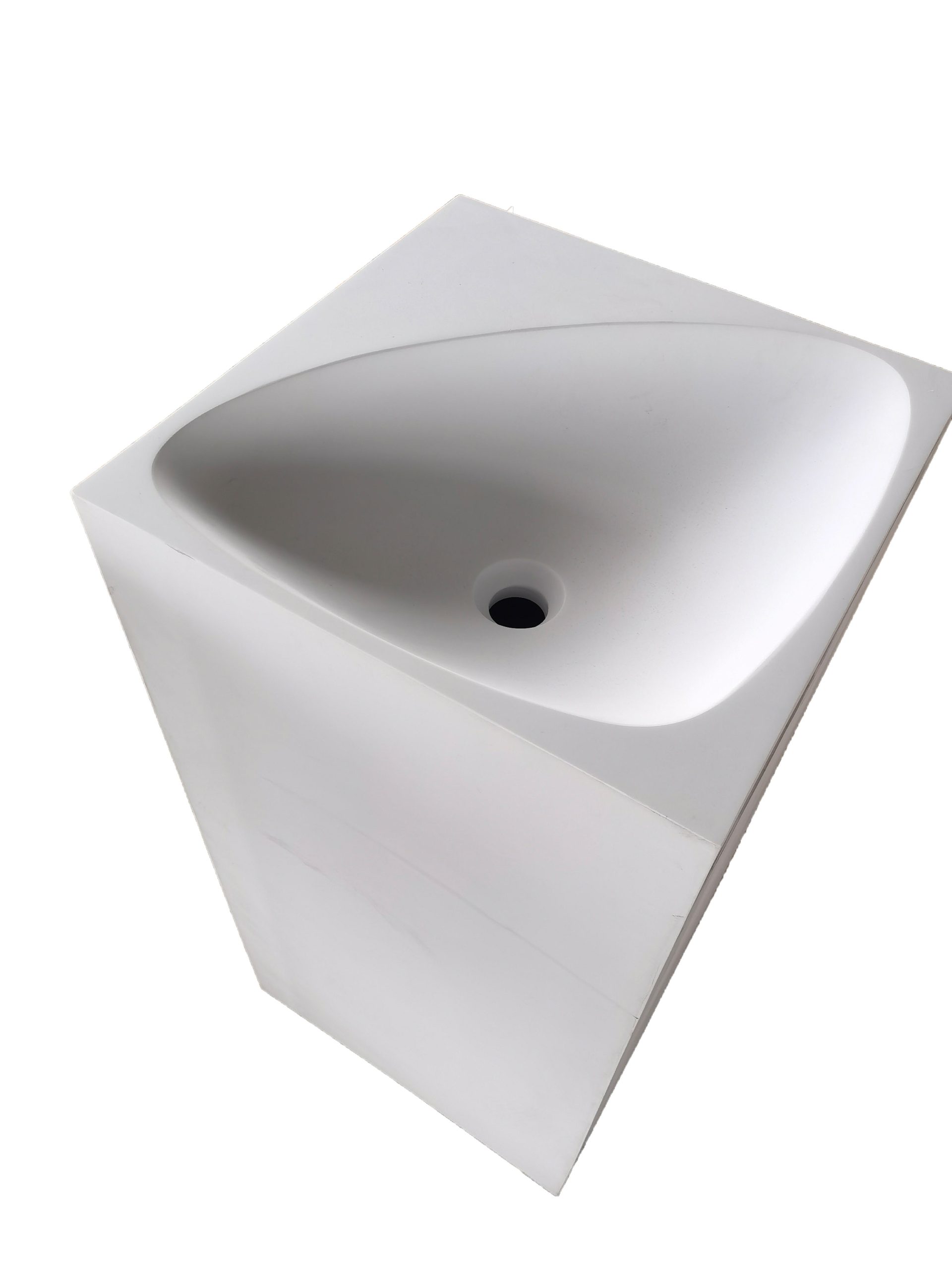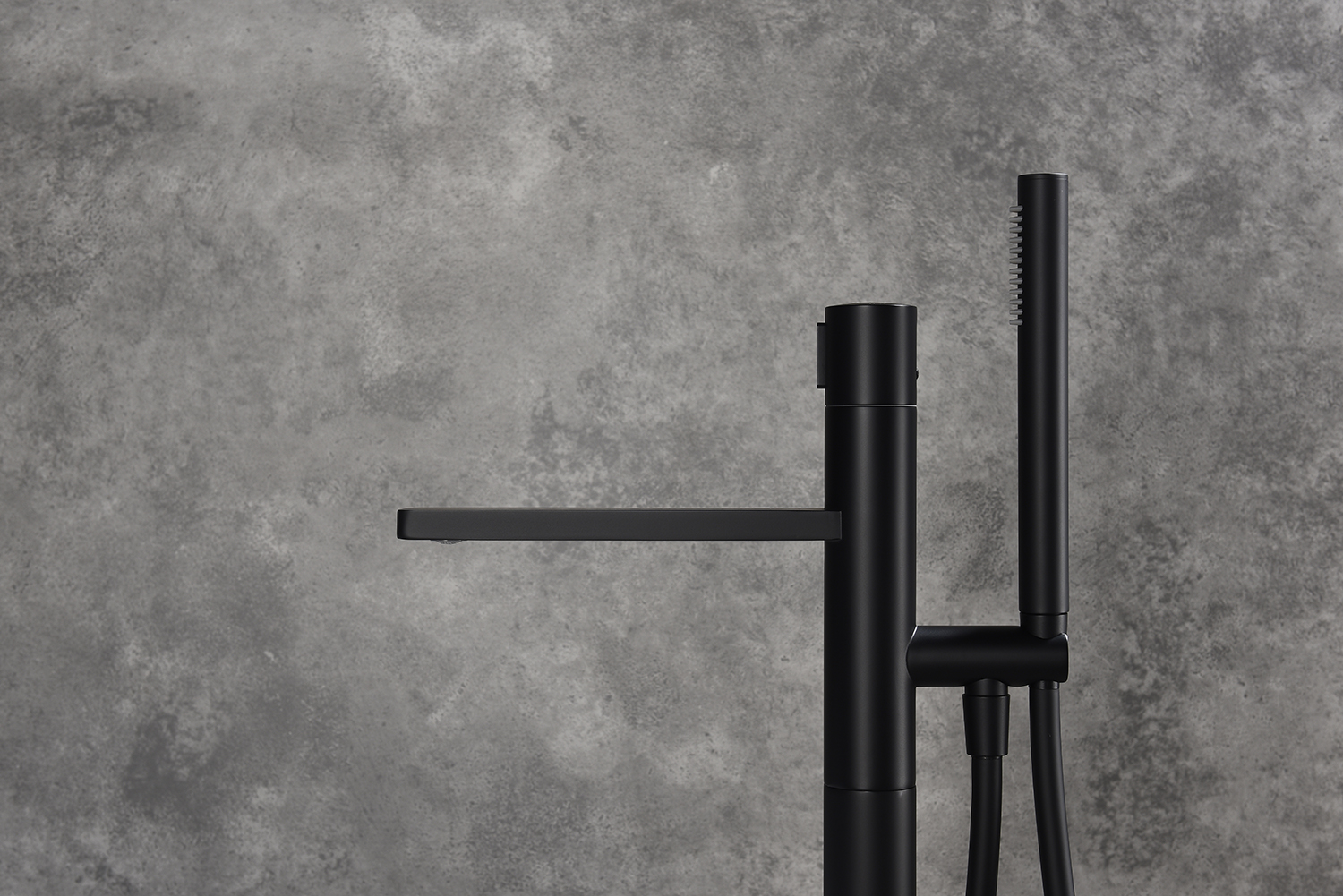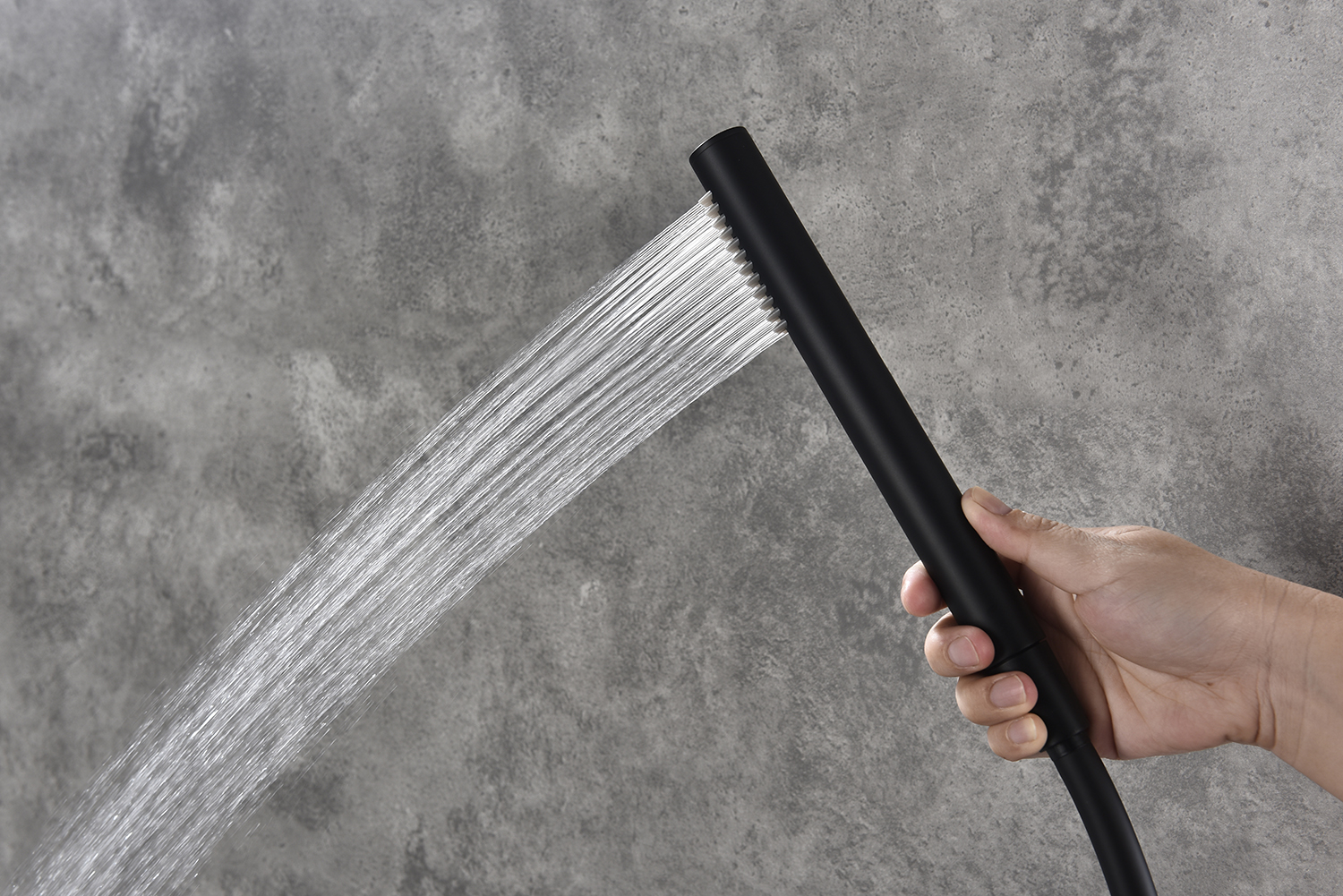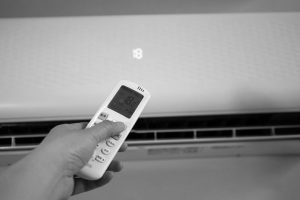
Sign 1: Insufficient cold air output
Check:
1. Whether the air inlet is closed;
2. Whether the condenser coil and heat sink are clean;
3, whether the refrigerant in the system is enough;
4. Whether the blower motor is normal;
5. Whether the blower channel is blocked;
6. Whether the air inlet filter element is blocked;
7. Whether the evaporator is blocked.
Judgment:
1, if the high pressure meter shows normal pressure, and the low pressure meter shows high pressure, it indicates that the evaporator pressure regulator, hot gas bypass valve, intake air saving valve is faulty or adjusted;
2, if the air temperature is high, and the pressure gauge pressure indication is normal, or high, low pressure slightly increased, then the expansion valve filter is blocked;
3. If the high pressure gauge indicates crossing the normal pressure, the low pressure gauge indicates lower than the normal pressure, and the absorption dryer and pipeline are frozen, the absorption dryer filter is blocked;
4, if the high pressure gauge indicates that the normal pressure is exceeded, there may be too much moisture in the system. If bubbles are found in the inspection window, it means that air is mixed into the system.
Sign 2: Intermittent cold air
Check:
1, circuit open magnetic, fan switch, fan motor is faulty;
2, compressor coil and solenoid valve is open or poorly grounded and adjacent is loose;
3, the compressor adjacent device is loose;
4, instrument control board vacuum tube;
5. Whether the evaporator is blocked.
Judgment:
1. If the low pressure indicator is too high or too low, and the thermostat does not work, the thermostat is faulty;
2, if the low pressure meter and high pressure meter indicate that the pressure is too low, there is moisture in the system, blocking the hot gas bypass valve or suction saving valve.
Sign three: No cold air
Check:
1, the compressor drive belt is loose or broken;
2, fuse;
3. The fuse is adjacent to the wire;
4. Whether the adjacent wire is disconnected;
5, compressor coincidental coil and solenoid valve;
6. Whether the electrical contact of the temperature regulator is normal and whether the temperature sensing element is faulty;
7. Whether the fan is normal;
8, incineration switch and relay;
9, whether the compressor is frozen;
10, refrigerant pipeline leakage;
11, compressor oil seal leakage.
Judgment:
1. If there is hot water in the heater and the evaporator releases hot gas, the heater valve is not working.
2, when the engine is at any speed, the reading of the rugged pressure gauge is only slightly changed, then the compressor tongue valve is faulty.
Sign four: The system is noisy
Check:
1. Whether the exhaust window blade is loose;
2, compressor drive belt is loose, wear;
3, compressor installation bolt is loose;
4, listen carefully to whether the compressor has noise;
5. Compressor connection and solenoid valve.
Judgment:
1, compressor coil and solenoid valve failure;
2, compressor liquid level is too low;
3, fan fan failure;
4, if there is too much moisture in the system, there is noise in the expansion valve;
5, if the high pressure, the servo valve is closed, the compression time knocking noise.













